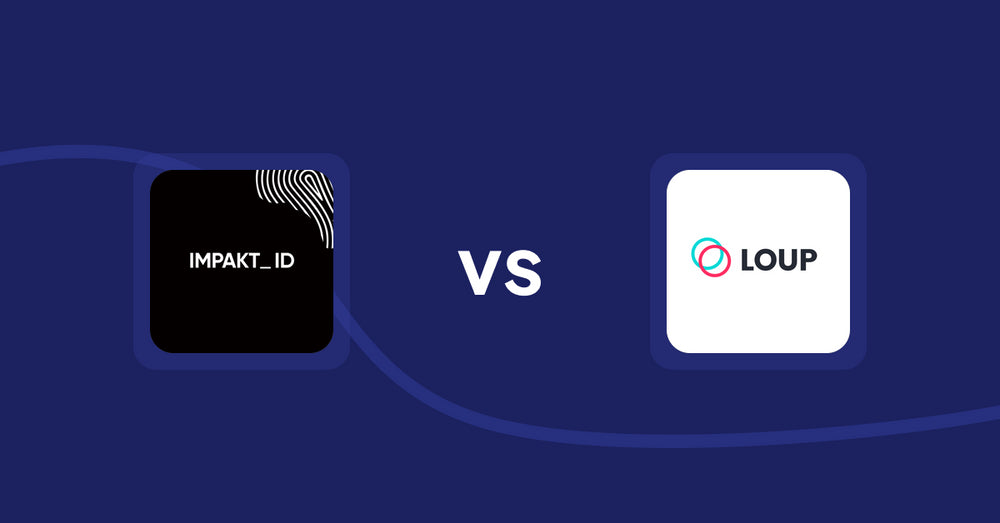Shopify Metafield Apps: Helium Customer Fields vs Seota In/Out Meta Data

Table of Contents
- Introduction
- How Does Helium Customer Fields Work?
- How Does Seota In/Out Meta Data Work?
- How Much Does Helium Customer Fields Cost?
- How Much Does Seota In/Out Meta Data Cost?
- Cost Analysis: Helium Customer Fields vs. Seota In/Out Meta Data
- User Reviews & Customer Support Insights
- Integration and Compatibility Comparison
- Conclusion
Introduction
In the world of e-commerce, the ability to manage customer data effectively can make a significant difference in engagement and conversion rates. Metafields play a crucial role in this process, allowing businesses to store custom data that enriches the customer experience. For Shopify merchants, utilizing metafield apps can enhance data management, personalize customer interactions, and ultimately drive sales. In this blog post, we will delve into two such apps: Helium Customer Fields and Seota In/Out Meta Data. Both offer unique capabilities, but one clearly provides a more comprehensive solution.
How Does Helium Customer Fields Work?
Helium Customer Fields is designed to empower businesses by enabling them to create customized registration forms that collect meaningful customer information. The app excels in handling a variety of use cases due to its drag-and-drop form builder, which simplifies the process of designing bespoke forms tailored to different customer groups.
Key Features:
-
Custom Fields (Metafields):
This feature allows businesses to gather specific information that may be relevant to their operations. Retailers can ask customers for additional details, such as birthdays or pets' names, which can be invaluable for targeted marketing campaigns. -
Customer Auto-Tagging:
The app automatically applies tags to customers based on their form inputs, making it easier for businesses to segment their audience. This is particularly beneficial for marketing efforts, as it allows for more personalized communications. -
Conditional Rules:
Helium Customer Fields lets users set conditions for fields based on previous answers, enhancing interactive form behavior. This versatility helps guide customers to provide the exact information needed while improving their experience. -
Account Approval & Email Verification:
For B2B operations, the ability to approve accounts and verify customers through email adds a layer of security and trust, essential for wholesale transactions. -
Integration with Popular Platforms:
Helium integrates seamlessly with tools like Shopify Flow and Zapier, ensuring that customer data syncs with existing workflows without manual intervention.
The relevance of these features cannot be overstated. For example, a startup might use these functionalities to create a simple registration form that collects essential data, while a large enterprise may deploy advanced tagging and conditional rules for targeted marketing efforts. This flexibility makes Helium Customer Fields suitable for businesses of all sizes, all of which can benefit from streamlined data collection and improved customer management.
How Does Seota In/Out Meta Data Work?
In contrast to Helium Customer Fields, the Seota In/Out Meta Data app focuses on the management of metafields related to products and collections. While it serves the purpose of importing and exporting metafields without needing to write code, it lacks the comprehensive customer engagement features found in Helium.
Key Features:
-
Bulk Editing Options:
The primary feature here allows users to upload a single CSV file to update metafields en masse. This could save time but lacks the interactive form capabilities that foster customer engagement. -
Manual Data Management:
The app offers manual editing options, enabling users to manage metafields on a product-by-product basis. Given the rise of customization in e-commerce, this approach may feel limiting.
Seota In/Out Meta Data may be suitable for businesses focused solely on product data management, such as smaller retailers who only need basic functionality. However, its absence of customer interaction tools may hinder its effectiveness for broader e-commerce goals.
How Much Does Helium Customer Fields Cost?
The pricing structure of Helium Customer Fields is designed to cater to various stages of business growth, emphasizing cost-effectiveness.
-
Lite Plan: $12/month
- Features: Includes all standard Shopify fields, account approval, email verification, and two forms.
- Target Audience: Ideal for startups and small businesses just beginning to explore customer data collection.
-
Pro Plan: $26/month
- Features: Adds custom fields, conditional rules, customer auto-tagging, and five forms.
- Target Audience: Best suited for growing businesses looking for flexibility in their customer interactions.
-
Advanced Plan: $60/month
- Features: Includes all Pro features, unlimited forms, REST API access, and priority support.
- Target Audience: Designed for large enterprises requiring more extensive data management capabilities.
Each plan is priced to offer value at different operational scales, enabling businesses to choose the right solution based on their specific needs and budget. Additionally, it is important to note that you can always reach out to our team and we can create a custom pricing plan to suit your needs and your budget. Schedule a call via this link and we’ll come up with the best solution for you and your business.
How Much Does Seota In/Out Meta Data Cost?
As of now, Seota In/Out Meta Data does not have any specific pricing tiers publicly listed. This lack of information may raise certain concerns about the transparency and reliability of the app in comparison to Helium Customer Fields.
Nevertheless, the app's emphasis on bulk editing could imply it may cater to users looking for a straightforward metafield management tool without a diverse range of features.
Cost Analysis: Helium Customer Fields vs. Seota In/Out Meta Data
When analyzing the cost structures, Helium Customer Fields clearly presents a better value proposition at each tier. The Lite plan starts at an accessible $12 per month, bringing immediate benefits in customer data management. Comparatively, Seota's lack of transparent pricing makes it difficult to evaluate its value against Helium.
Furthermore, Helium’s comprehensive feature set at each pricing tier emphasizes flexibility and scalability, appealing to varied business sizes. Since Seota lacks tiered pricing, businesses may face uncertainty in understanding what they would be paying for.
User Reviews & Customer Support Insights
Is Helium Customer Fields good?
Helium Customer Fields has garnered an impressive five-star rating based on 64 reviews, reflecting a positive reception among its users. Customers consistently highlight its intuitive design, versatility in building forms, and excellent support.
Is Seota In/Out Meta Data good?
Seota In/Out Meta Data currently carries a rating of zero, due to its lack of user reviews. Although it offers certain functionalities, its limited user feedback could indicate potential shortcomings in effectiveness or usability. Hypothetically, users may appreciate its bulk editing feature, but without community engagement or interaction tools, complaints might arise regarding its overall functionality.
User Preference: Helium Customer Fields or Seota In/Out Meta Data?
Based on the average ratings, Helium Customer Fields is evidently more favorably viewed. Users highlight its practical applications and extensive feature set as reasons behind its high rating. In contrast, the absence of reviews for Seota suggests disengagement from users. This disparity may result from Helium's comprehensive customization options, enhancing its effectiveness in metafield management.
Integration and Compatibility Comparison
Helium Customer Fields Integrations
Helium Customer Fields integrates seamlessly with a variety of platforms, including Shopify Flow and Zapier. These integrations facilitate streamlined operations and enable businesses to sync customer data without needing additional manual processes. Such flexibility is particularly advantageous, as it aligns with existing workflows and enhances user experience.
Seota In/Out Meta Data Integrations
The integration capabilities of Seota In/Out Meta Data are not explicitly mentioned, which limits insights into broader compatibility with other tools. However, the absence of established integrations may serve as a red flag for businesses looking for a versatile solution. Integration with popular marketing platforms could enhance the utility of metafields, which Seota does not seem to capitalize on.
Conclusion
In conclusion, both Helium Customer Fields and Seota In/Out Meta Data offer valuable solutions in their own regard. However, Helium stands out with its user-friendly design, comprehensive feature set, and flexible pricing structure. The five-star rating it has achieved indicates high user satisfaction and effectiveness, particularly when it comes to customer engagement and data management.
While Seota may provide basic functionality in managing metafields, it lacks the robust capabilities and transparent pricing that Helium Customer Fields offers. Thus, for businesses seeking an effective and engaging solution, Helium Customer Fields is undeniably the superior choice.
Still Searching for the Perfect Customization Solution?
Stop searching and start thriving with Accentuate Custom Fields! This powerful metafield management app supercharges Shopify’s native features, giving you the tools to create a truly personalized customer experience.
Why Choose Accentuate Custom Fields?
- Advanced Customization: Unlimited field definitions, logical grouping, and custom layouts make your store one-of-a-kind.
- Enhanced Editor Experience: Effortlessly edit variant metafields, use advanced HTML and markdown editors, and sync field definitions between stores.
- Flexible Management: Import/export capabilities, automatic tagging, and comprehensive support for Metaobjects and versioning.
- 24/7 Support: If you have any questions or need assistance, our team is available around the clock to help with any custom modifications to suit your store.
Join over 12,000 merchants, including top Shopify Plus stores, who trust Accentuate for their customization needs. With a stellar 4.9-star rating, Accentuate is the go-to tool for advanced CMS needs, offering unmatched flexibility and control over your store’s content. Elevate your Shopify store with high-quality content that boosts customer experiences and conversions. Tell your story, showcase your products, and create an engaging customer journey with ease.
Experience the Accentuate difference and watch your Shopify store thrive!
Accentuate vs Competition
Explore how Accentuate Custom Fields stands out. Whether you’re aiming to customise your storefront, streamline operations or improve content management, see how we compare against the competition
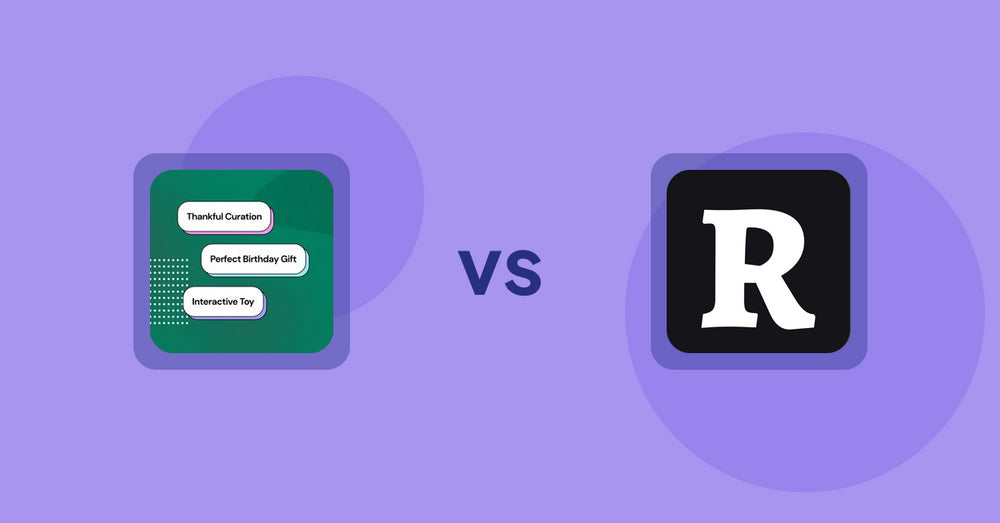
Shopify Product Display Apps: FeatureFrame ‑ Pretty Product vs. AI SEO: Top Product Features
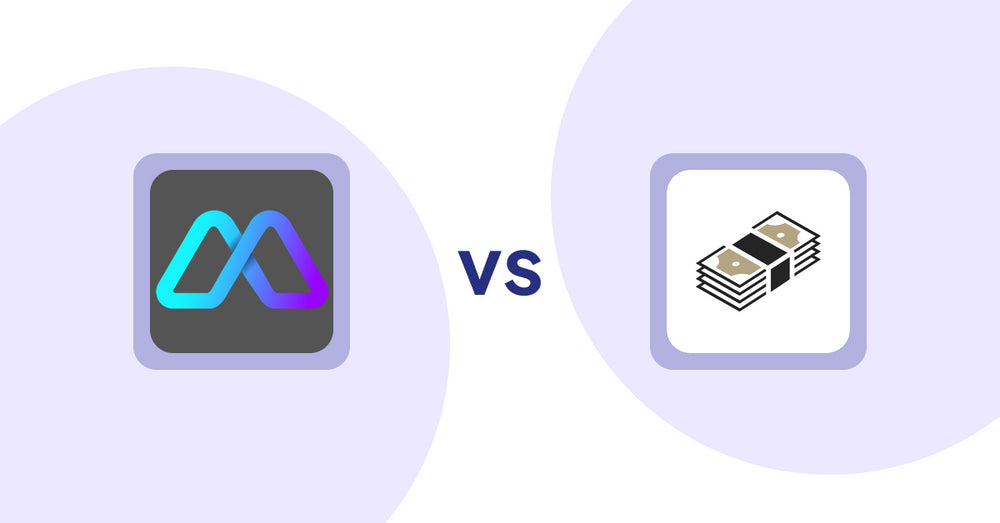
Shopify Product Display Apps: Metadrob: Create Virtual Store vs シンプルクラウドファンディング|お手軽自社クラファン
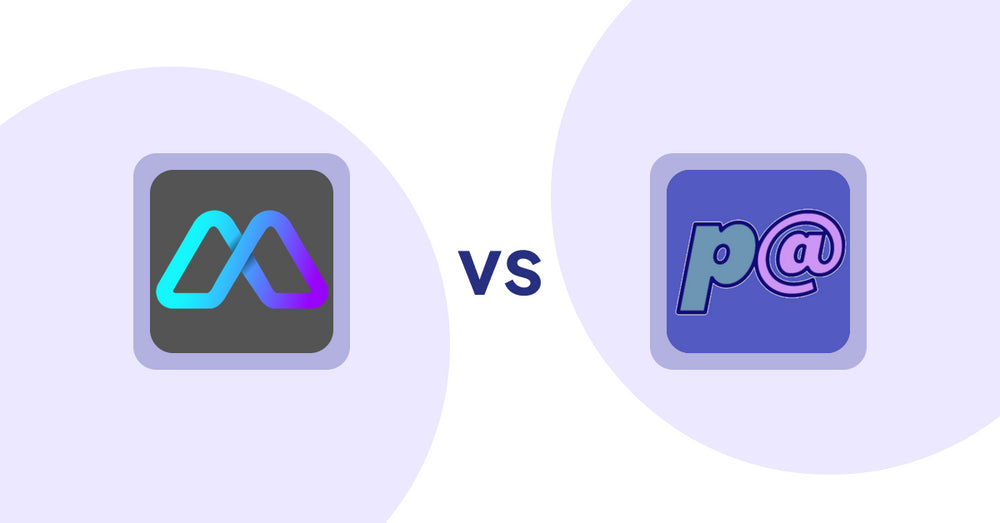
Shopify Product Display Apps: Metadrob: Create Virtual Store vs Parameterizer
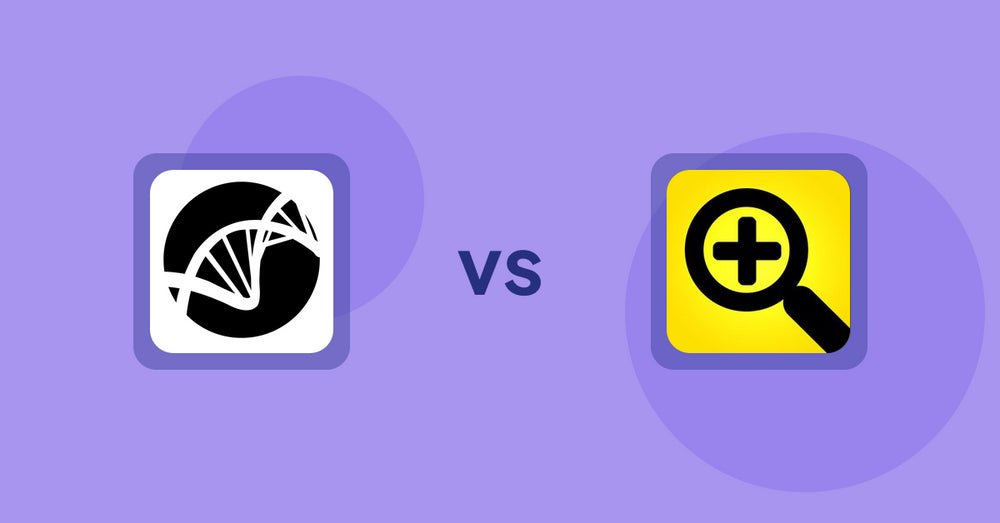
Shopify Product Display Apps: Bike Matrix vs. Fast View: Fastest Quick View
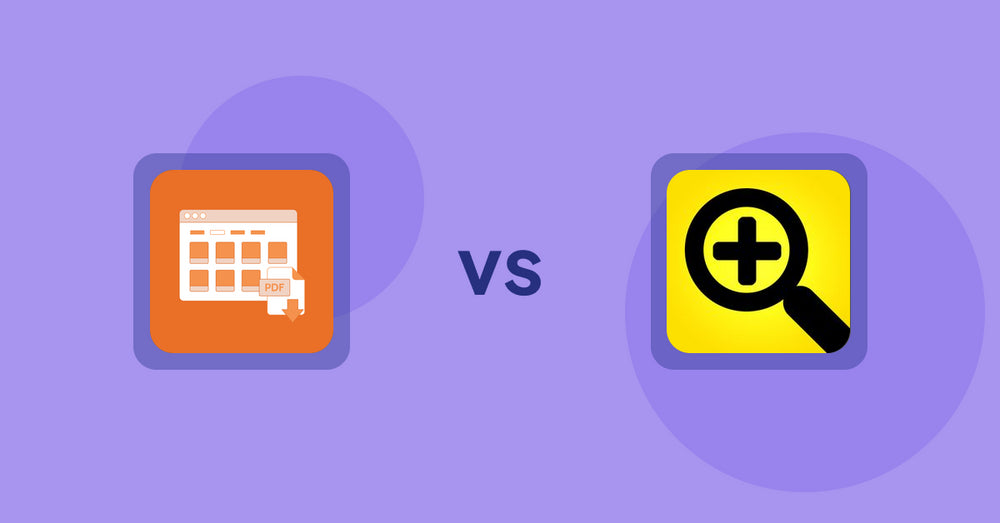
Shopify Product Display Apps: Meetanshi PDF Product Catalog vs Fast View: Fastest Quick View
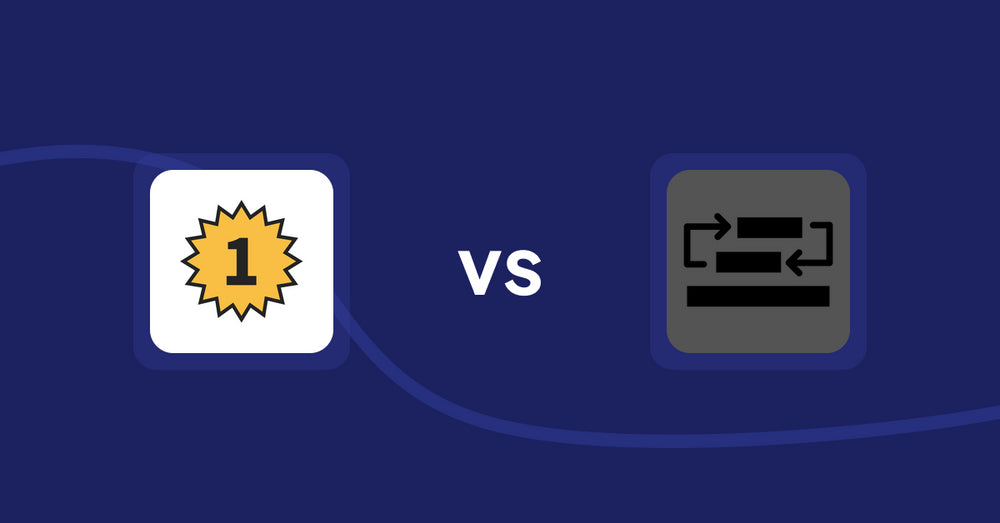
Shopify Product Display Apps: UR: Smart Ranking vs Sortyfi Collection Merchandise
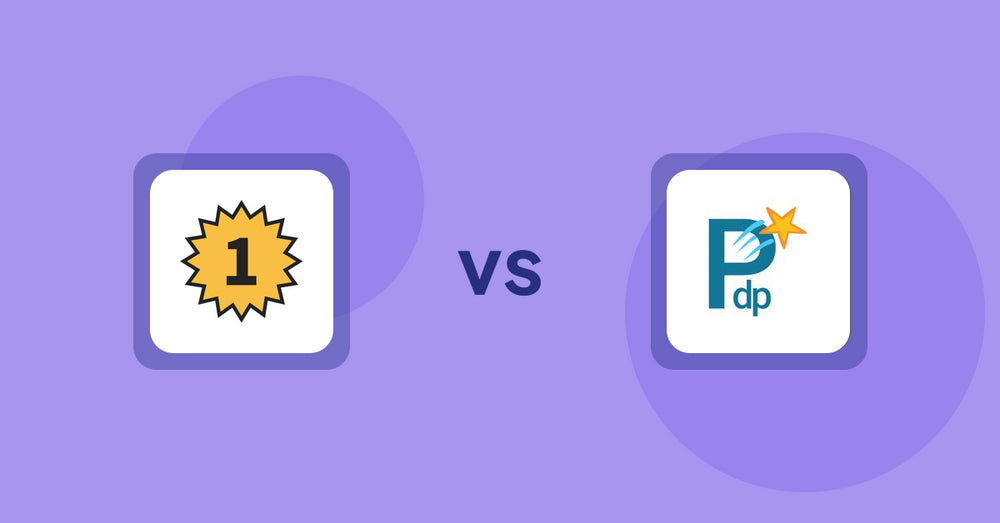
Shopify Product Display Apps: UR: Smart Ranking vs PDP Star
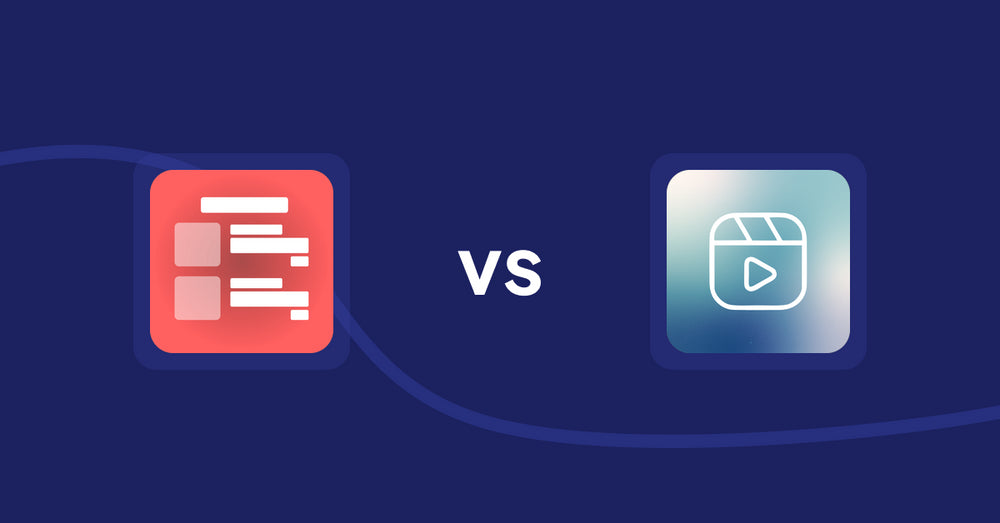
Shopify Product Display Apps: Menulog vs Reelify ‑ Shoppable Reel Video
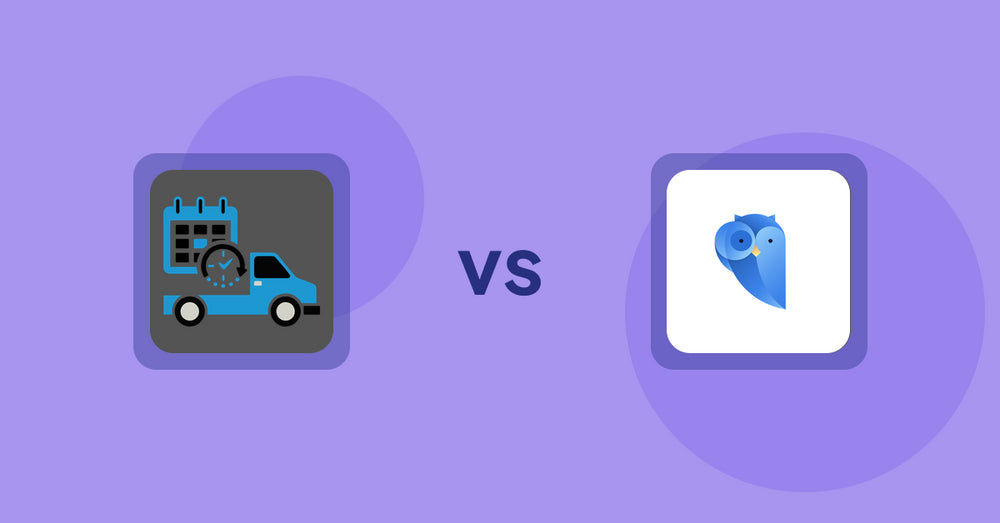
Shopify Product Display Apps: H3 Estimated Delivery vs Findify Search & Merchandise
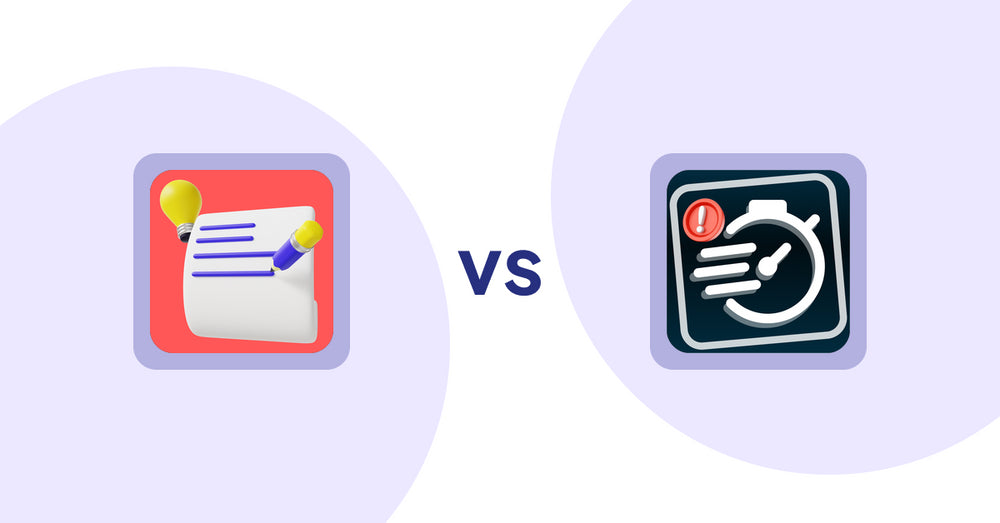
Shopify Product Display Apps: Wordo ‑ ChatGPT AI Description vs Urgency! Low Stock Counter
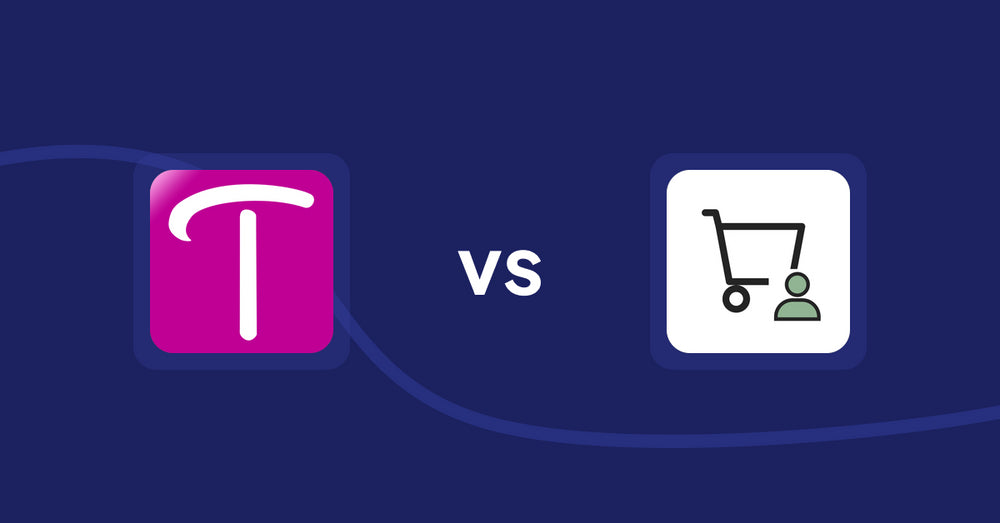
Shopify Product Display Apps: WS Transparency vs シンプル会員注文割引|お手軽ログインセール設定
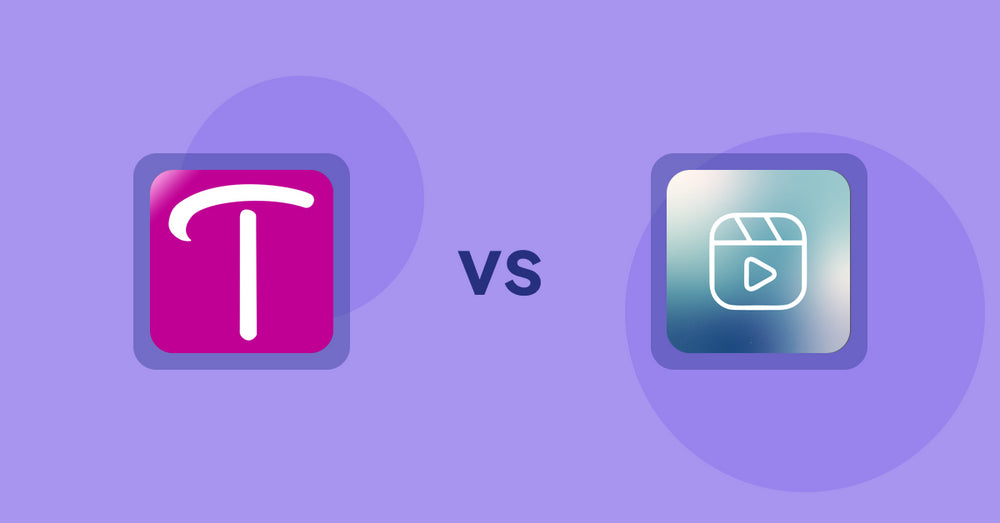
Shopify Product Display Apps: WS Transparency vs Reelify ‑ Shoppable Reel Video
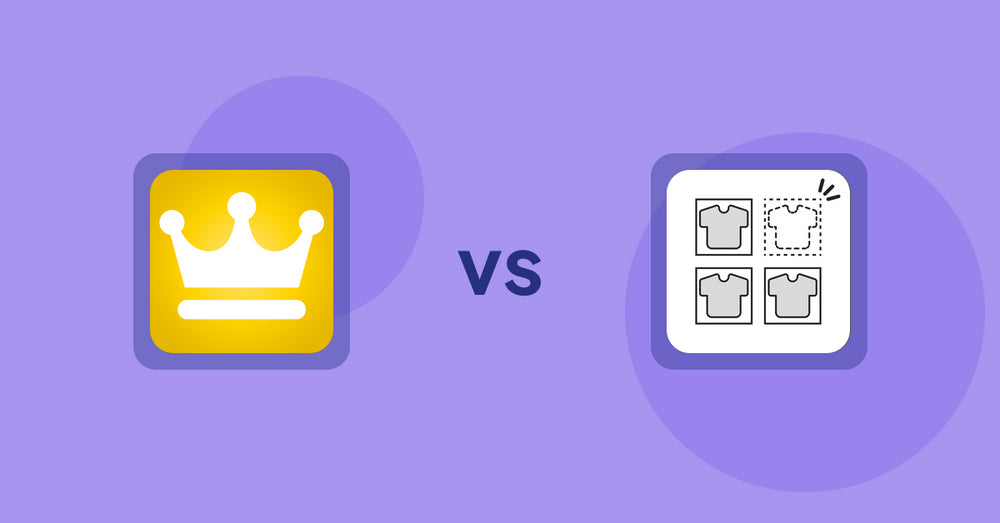
Shopify Product Display Apps: Awesome Ranking vs シンプル売り切れ非表示|在庫切れ商品の表示変更
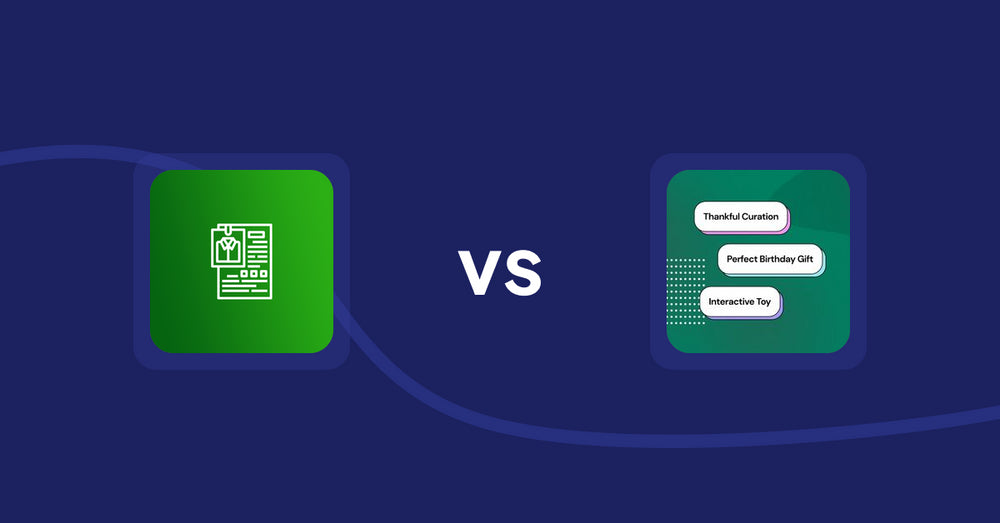
Shopify Product Display Apps: OC Product Size Chart vs FeatureFrame ‑ Pretty Product
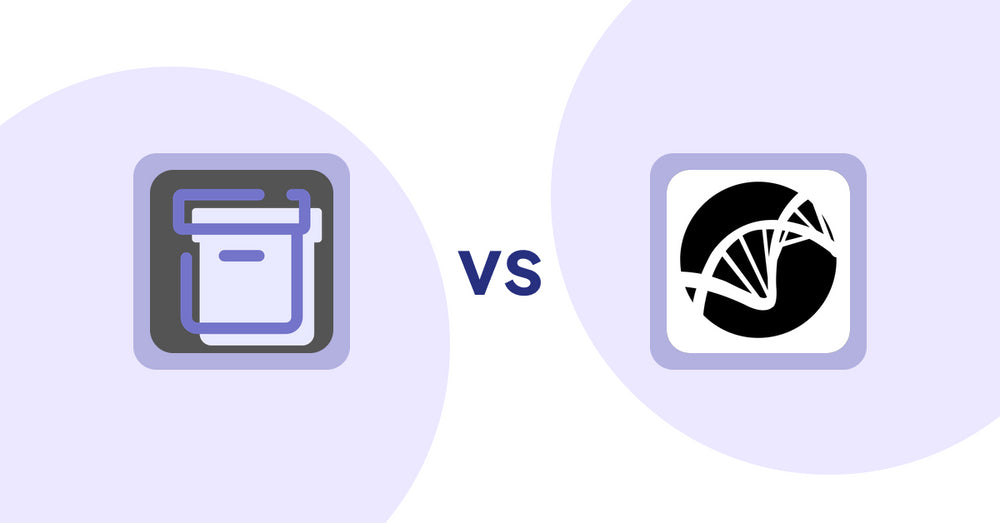
Shopify Product Display Apps: Shelfify vs Bike Matrix
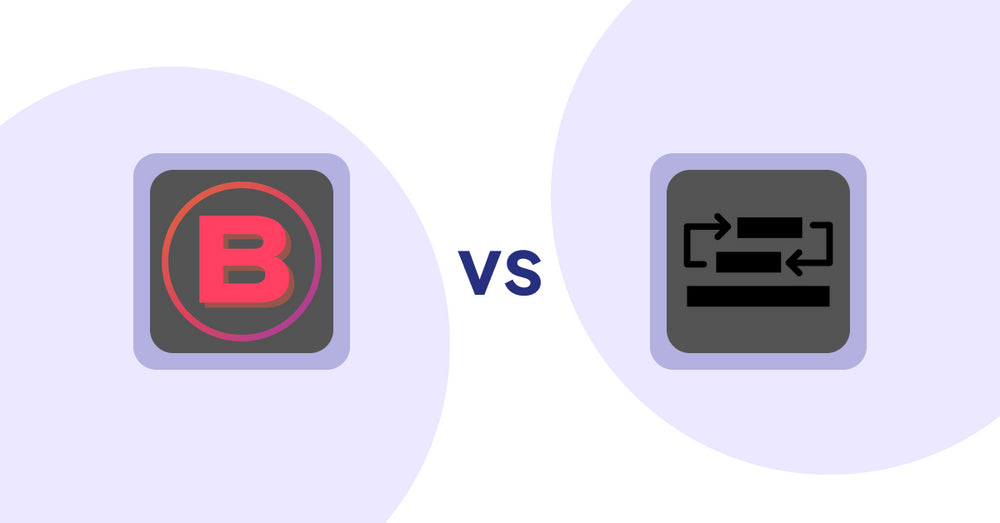
Shopify Product Display Apps: Banter Stories vs Sortyfi Collection Merchandise
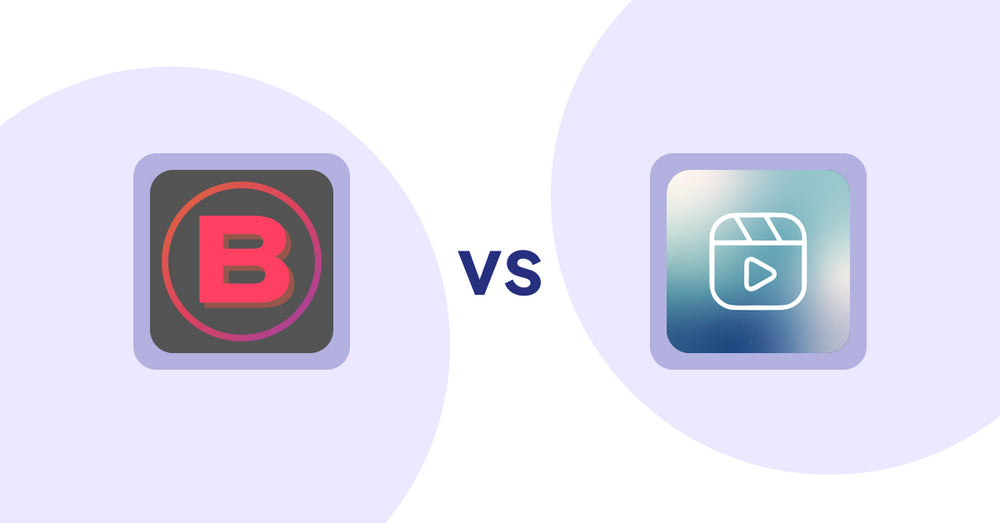
Shopify Product Display Apps: Banter Stories vs. Reelify ‑ Shoppable Reel Video
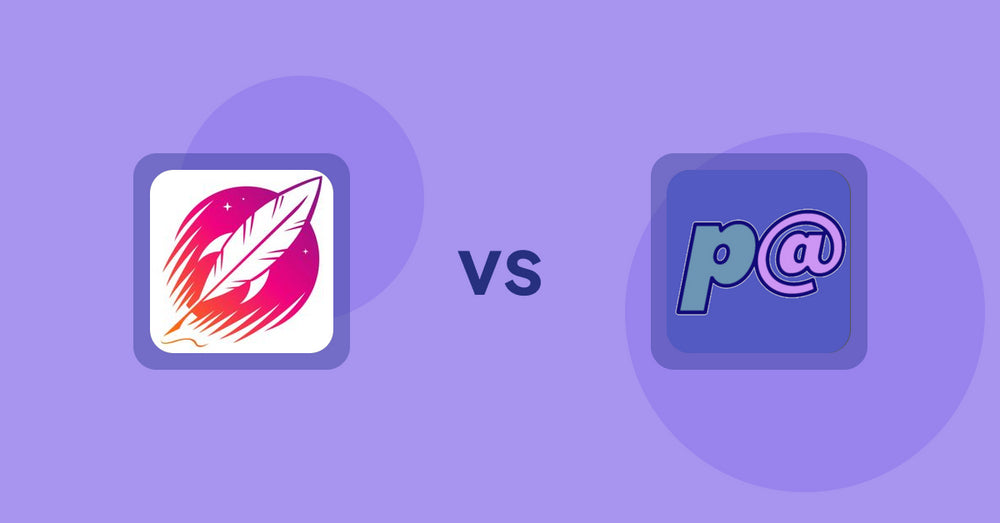
Shopify Product Display Apps: Wordsmith: Content Generator vs Parameterizer

Shopify Product Display Apps: Wordsmith: Content Generator vs Reelify ‑ Shoppable Reel Video
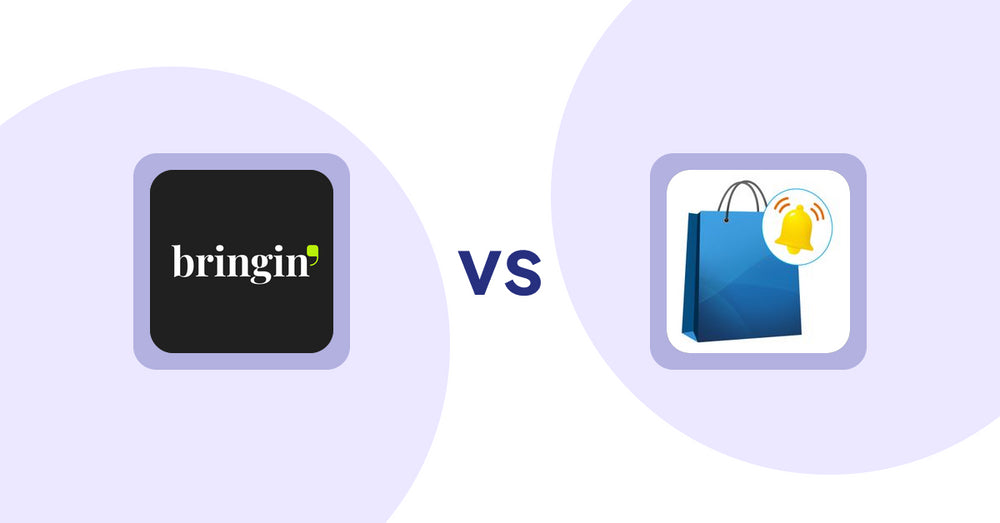
Shopify Product Display Apps: Bringin vs CartBar ‑ Product Purchase Bar
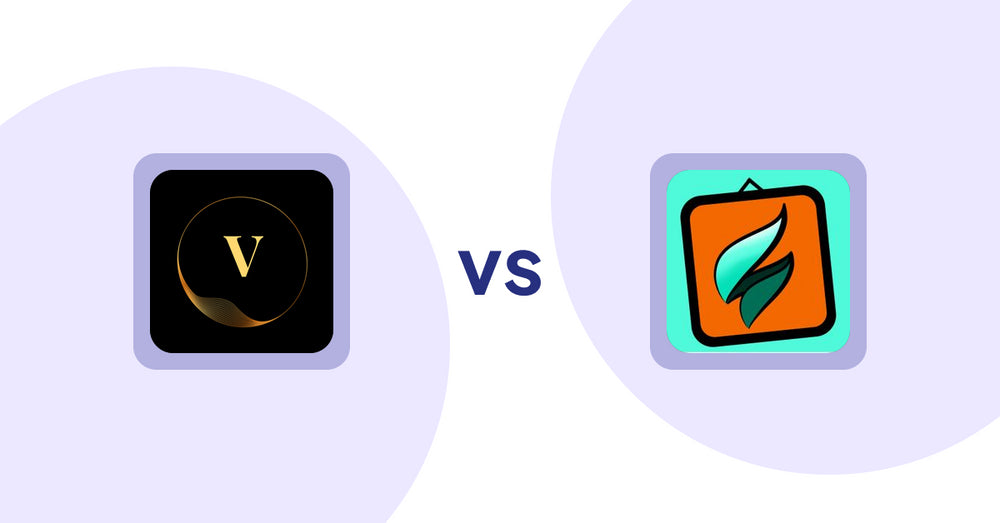
Shopify Product Display Apps: ProductTube vs SMART ‑ Art Product Builder
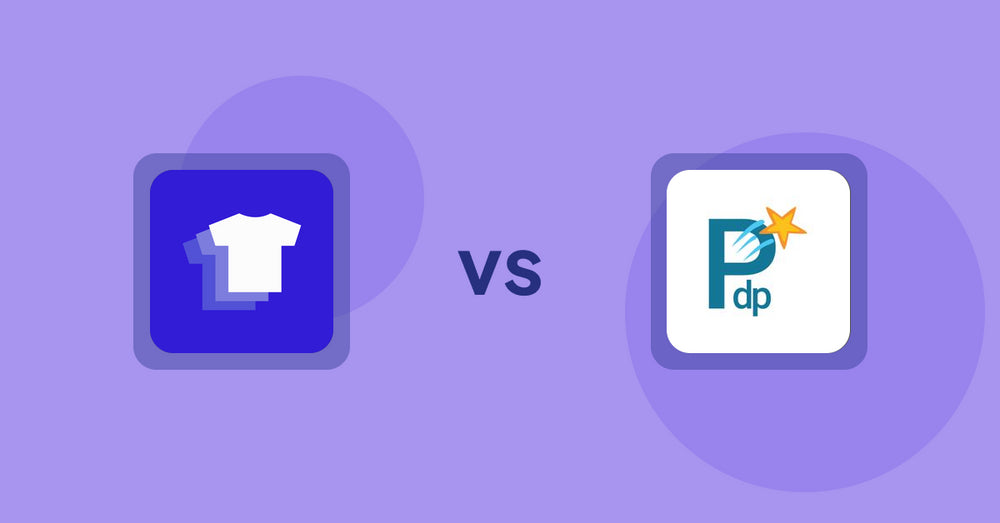
Shopify Product Display Apps: Xpander vs PDP Star
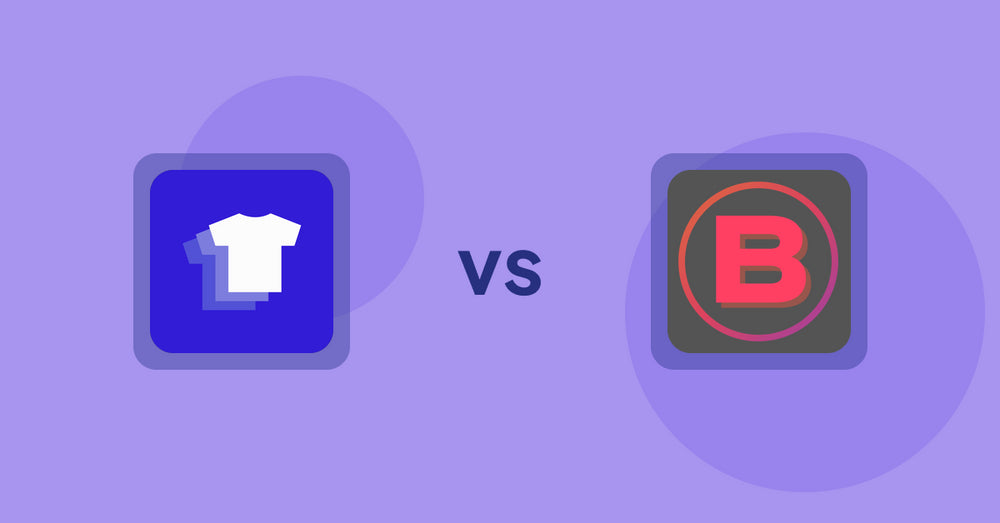
Shopify Product Display Apps: Xpander vs Banter Stories
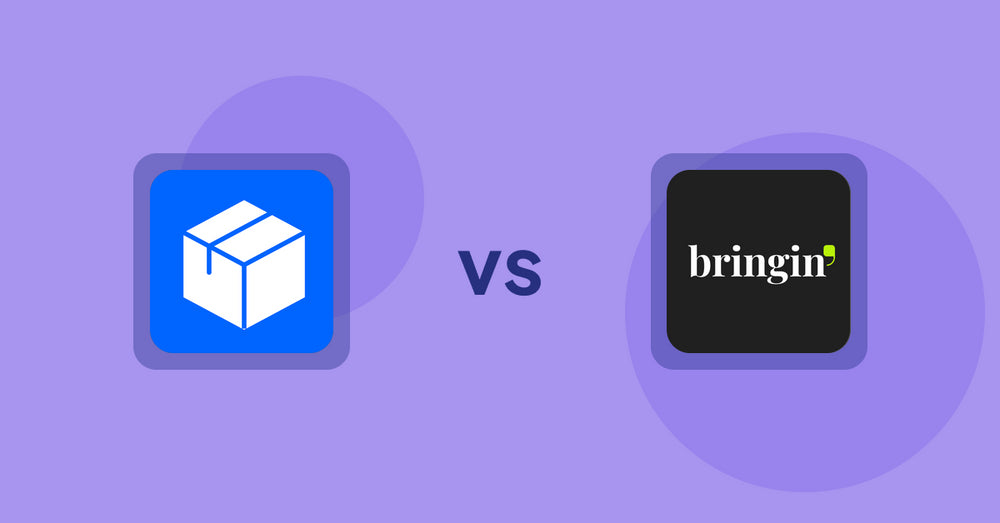
Shopify Product Display Apps: Wonderful Widgets vs Bringin
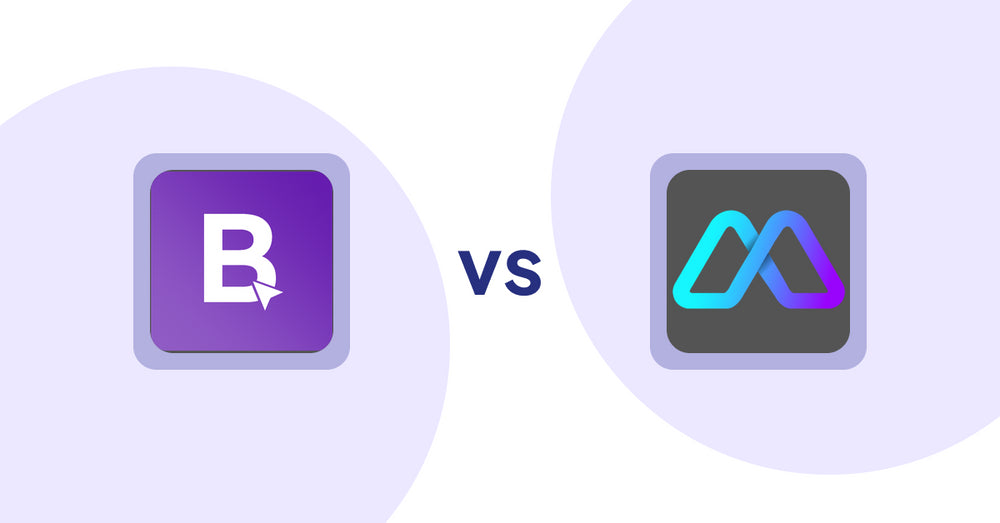
Shopify Product Display Apps: BookE - Rent Property & Service vs Metadrob: Create Virtual Store
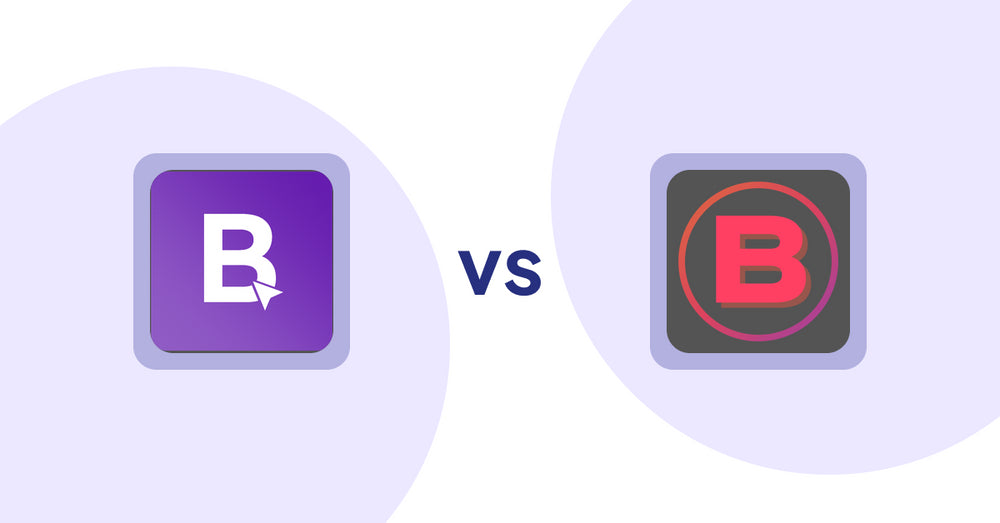
Shopify Product Display Apps: BookE ‑Rent Property & Service vs. Banter Stories
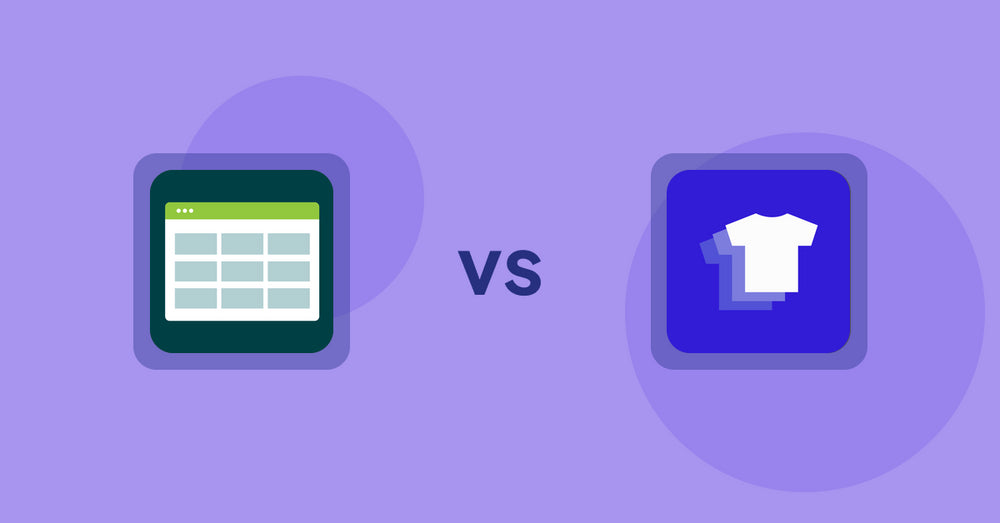
Shopify Product Display Apps: Product Table vs. Xpander
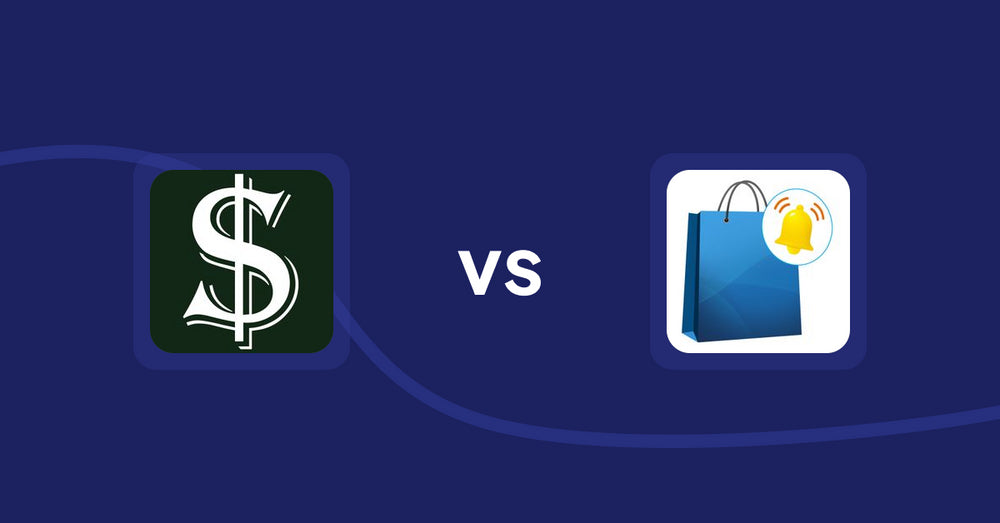
Shopify Product Display Apps: Selling Fast vs CartBar ‑ Product Purchase Bar
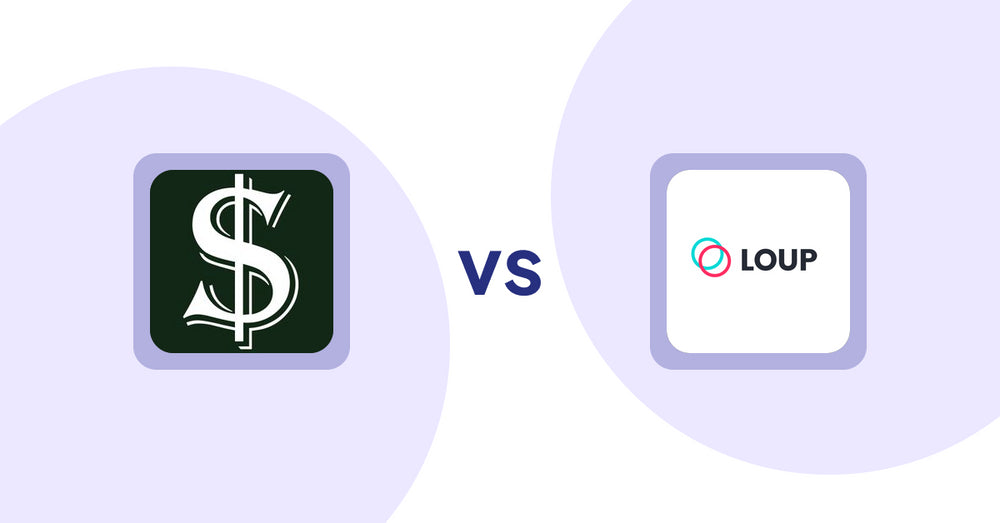
Shopify Product Display Apps: Selling Fast vs. Loup: Sell on Instagram

Shopify Product Display Apps: Selling Fast vs. Findify Search & Merchandise
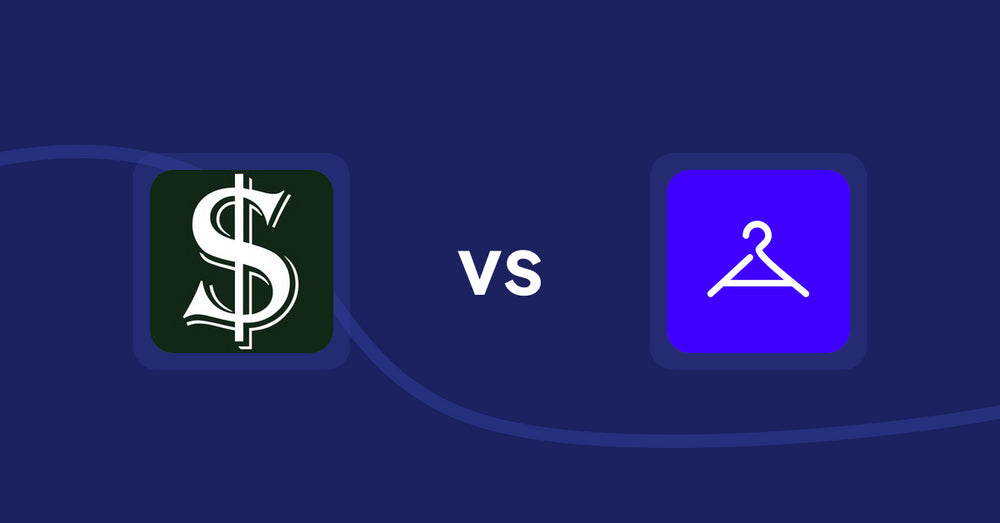
Shopify Product Display Apps: Selling Fast vs. Aiuta
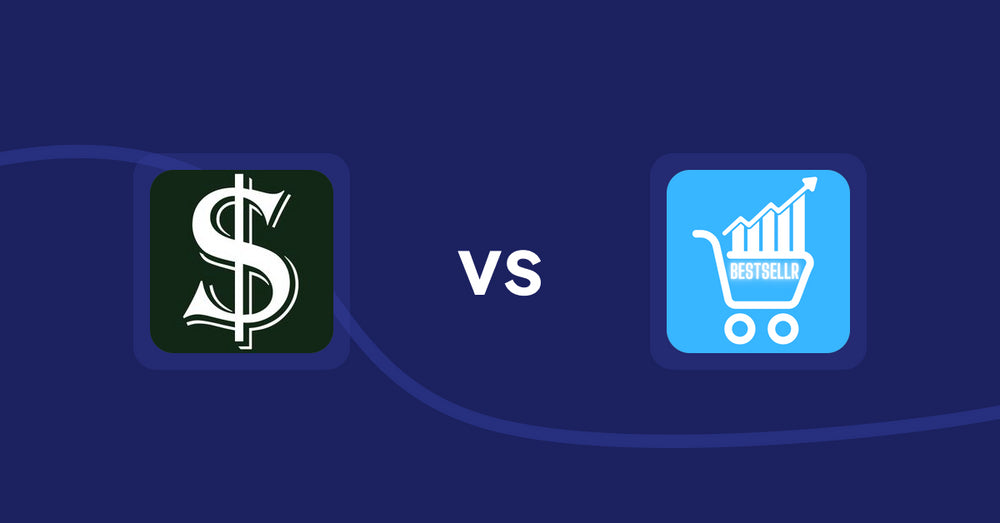
Shopify Product Display Apps: Selling Fast vs Bestsellr
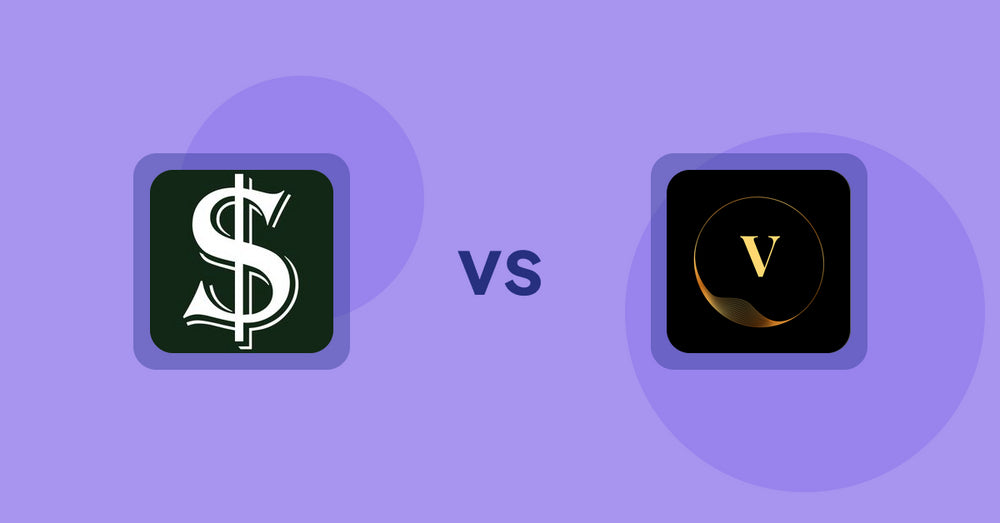
Shopify Product Display Apps: Selling Fast vs ProductTube
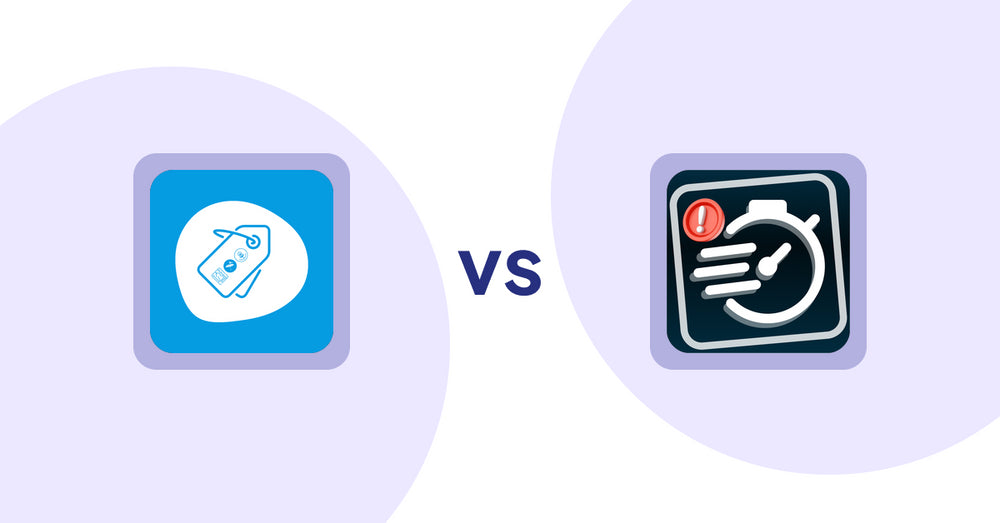
Shopify Product Display Apps: Extendons Product Tag Images vs Urgency! Low Stock Counter

Shopify Product Display Apps: Writer Sofia vs シンプルクラウドファンディング|お手軽自社クラファン
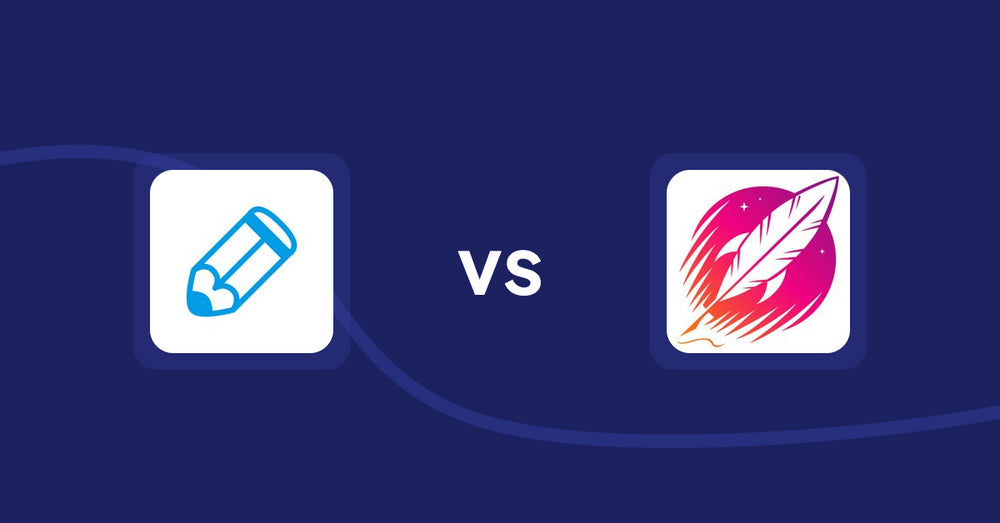
Shopify Product Display Apps: Writer Sofia vs Wordsmith: Content Generator
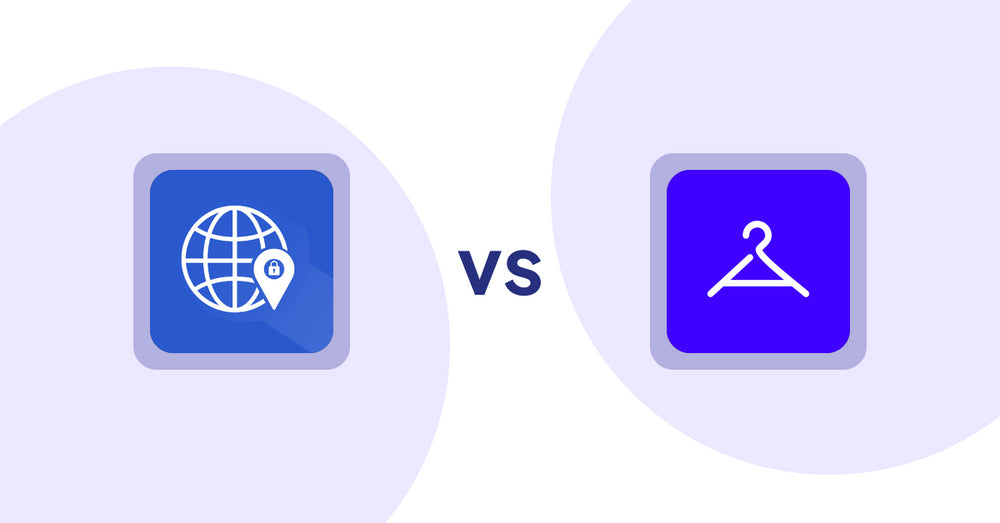
Shopify Product Display Apps: Addify ‑ Country Restrictions vs Aiuta
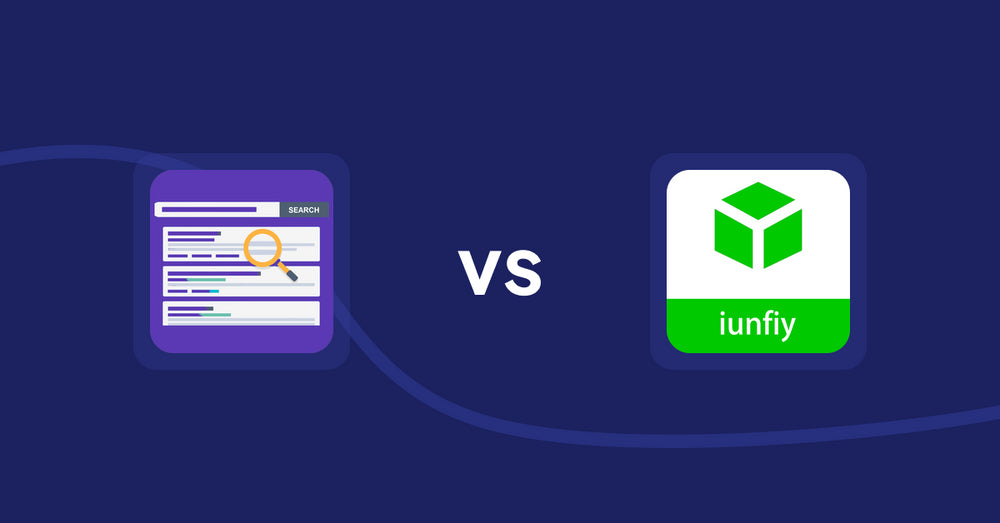
Shopify Product Display Apps: Spark AI Products Description vs iunfiy • Related Products

Shopify Product Display Apps: BeUnico vs Loup: Sell on Instagram
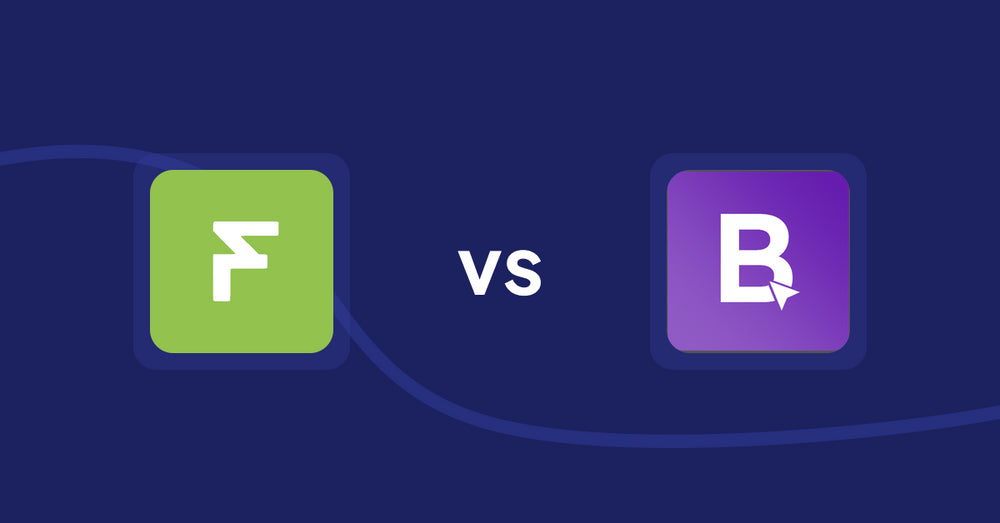
Shopify Product Display Apps: Easy Estimate Shipping vs BookE ‑Rent Property & Service
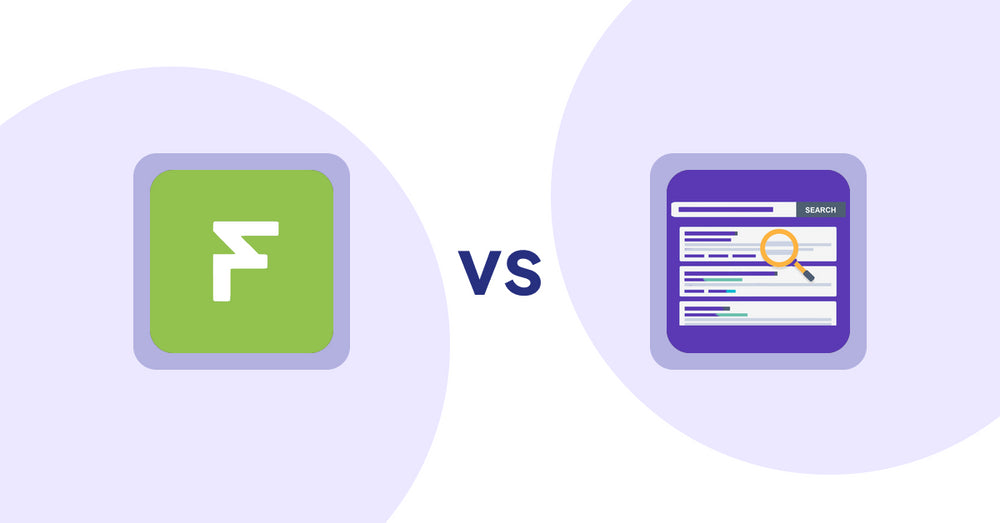
Shopify Product Display Apps: Easy Estimate Shipping vs. Spark AI Products Description
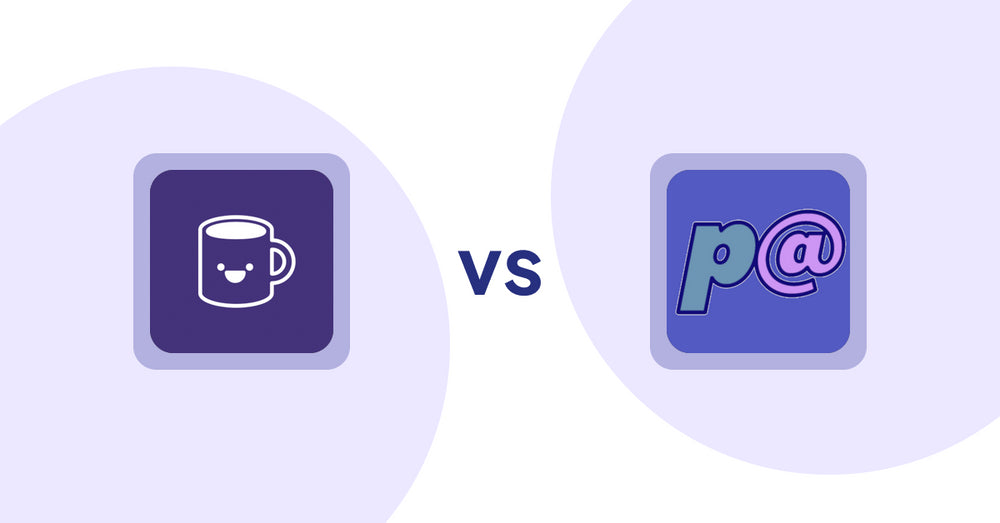
Shopify Product Display Apps: Mugshot Bot vs Parameterizer
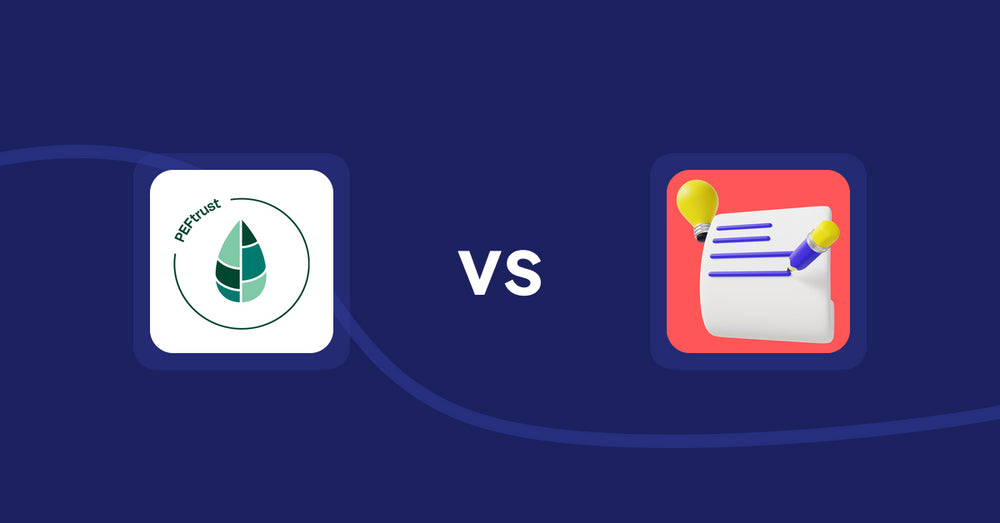
Shopify Product Display Apps: Peftrust vs. Wordo ‑ ChatGPT AI Description
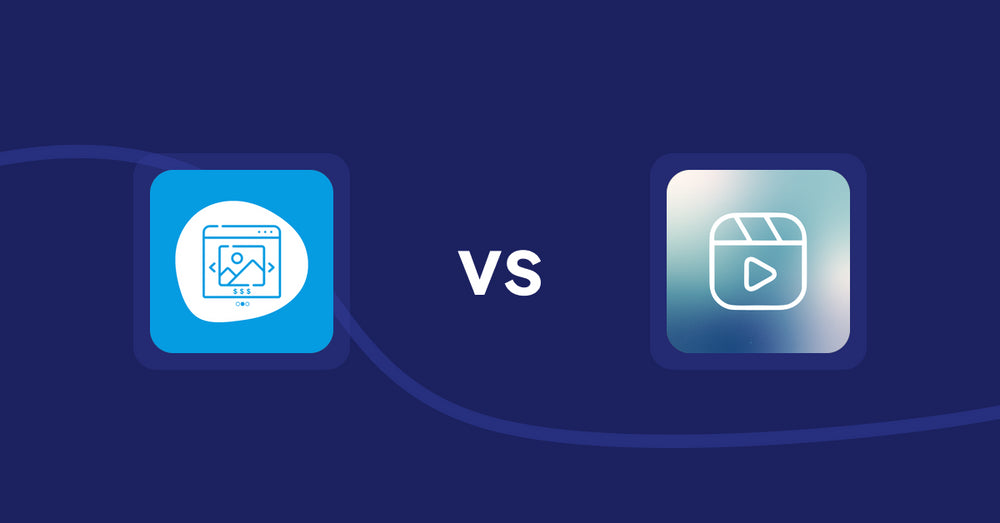
Shopify Product Display Apps: Quick Product Navigator Slide vs Reelify ‑ Shoppable Reel Video
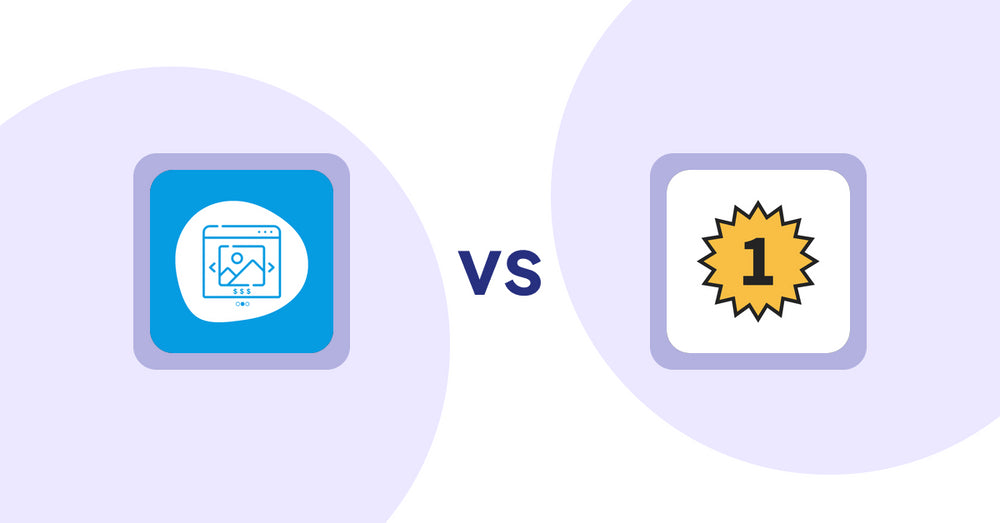
Shopify Product Display Apps: Quick Product Navigator Slide vs. UR: Smart Ranking
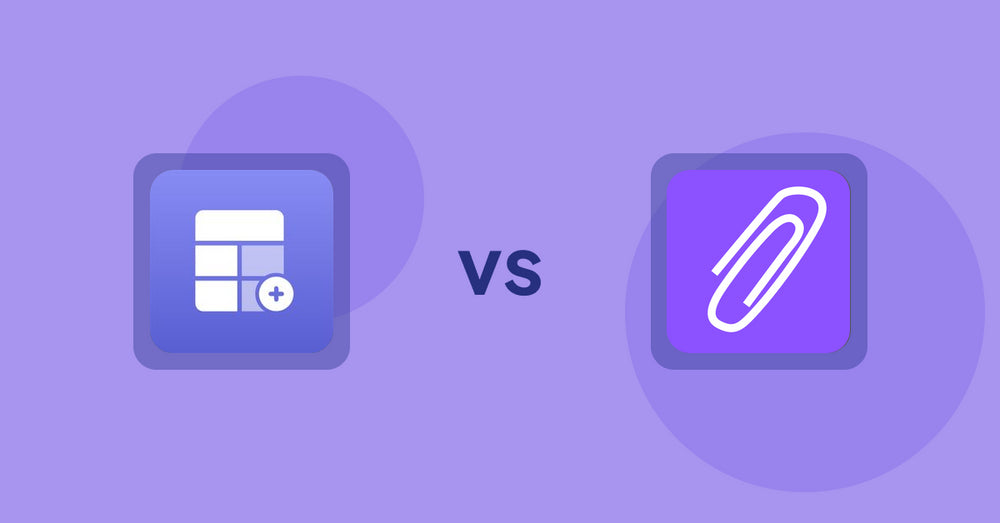
Shopify Product Display Apps: Eazy Specification Tags Table vs Agile Attachments
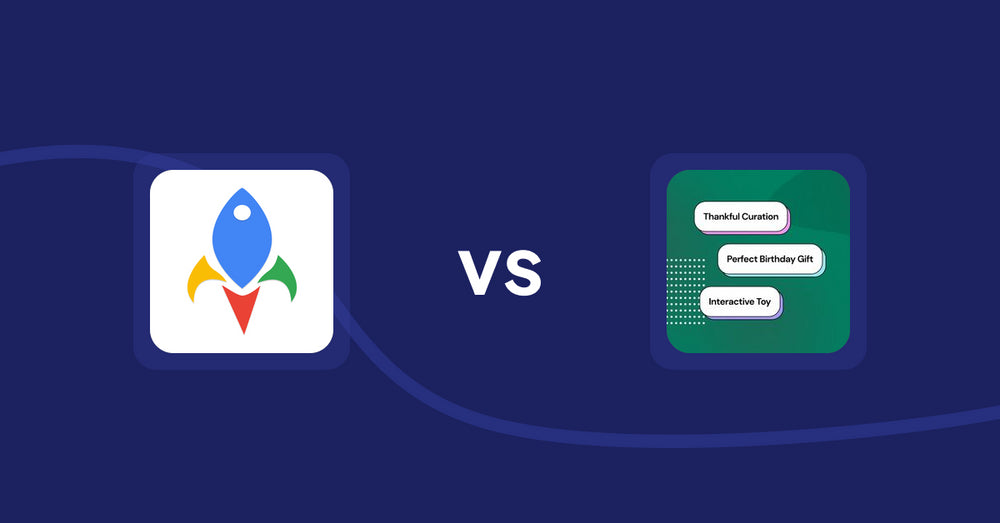
Shopify Product Display Apps: Jedi Back In Stock Admin Alert vs FeatureFrame ‑ Pretty Product
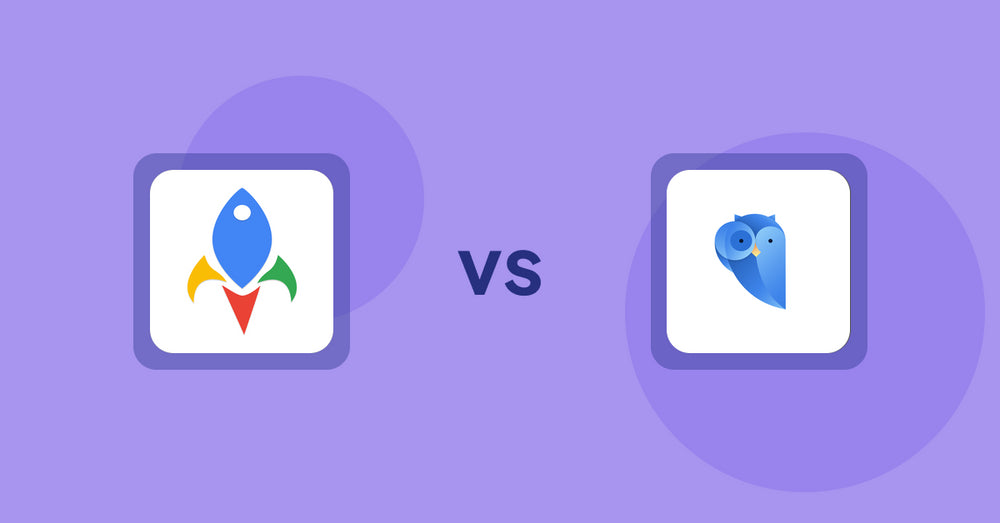
Shopify Product Display Apps: Jedi Back In Stock Admin Alert vs. Findify Search & Merchandise
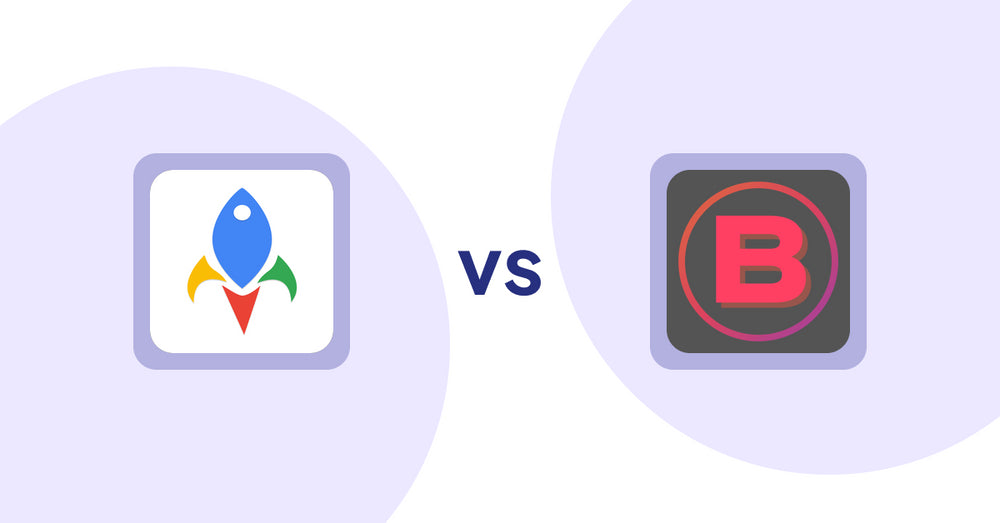
Shopify Product Display Apps: Jedi Back In Stock Admin Alert vs Banter Stories
